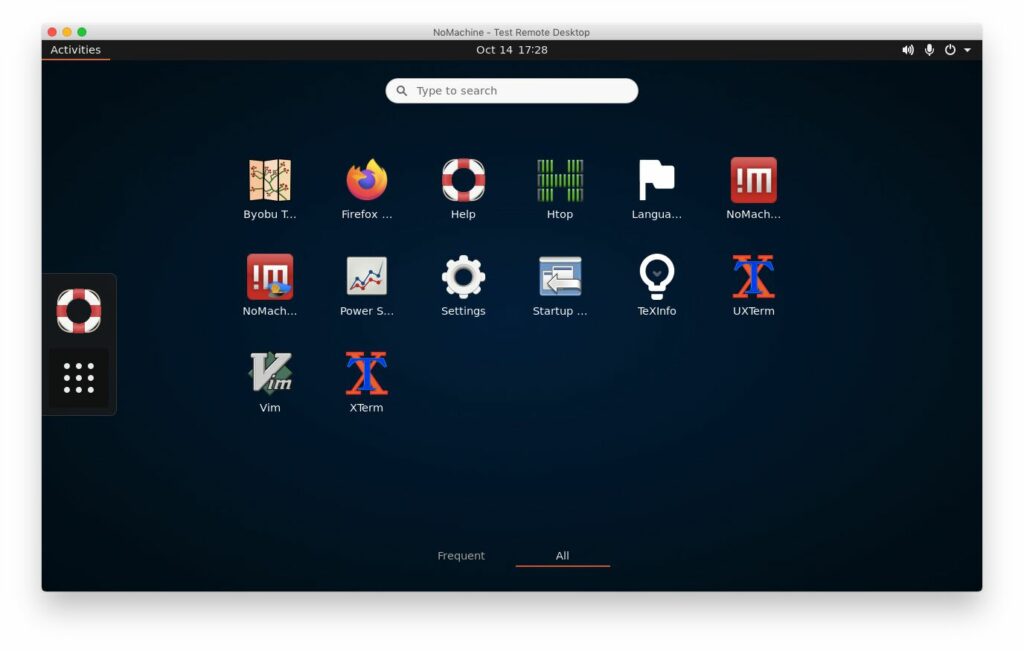

Not here – the NX Client found and displayed my full desktop (at full size), and I found it to be entirely usable. In the past, I’ve found that this point is where the real work usually begins, modifying XDMCP configurations and opening ports to get a usable desktop view. Just enter the name and password for whatever user you usually use to access the server machine, and click “Login.” Once you click “Finish,” you’ll get a log-in window like the one below. The last screen asks if you’d like a shortcut to the Session, or to do any Advanced configuration. Once installed, you’ll have a new sub-menu (it appears under the “Internet” menu for me in KDE) like the one pictured below. You can install this with the same command above (the only different is it will only install the one file, because that’s all you downloaded. In my case, the server machine is older (so I need the i366 versions of all the server files), while the machine I’m using to test this is newer (so I also download the amd64 version of nxclient). Otherwise, grab the nxclient file for the other architecture. If you’re using the same architecture and OS on both machines (for example, if both are newer 64-bit processors and you’re using the 64-bit version of your operating system), you can use the nxclient_X.X.X-X_b file you already downloaded.

Nomachine offers freeware NX clients for Windows, Mac, Linux, and even Solaris. Once the server is up and running, you can install the client on all the machines you want to use to access the server machine.

Sudo service nxserver start Installing the Client


 0 kommentar(er)
0 kommentar(er)
